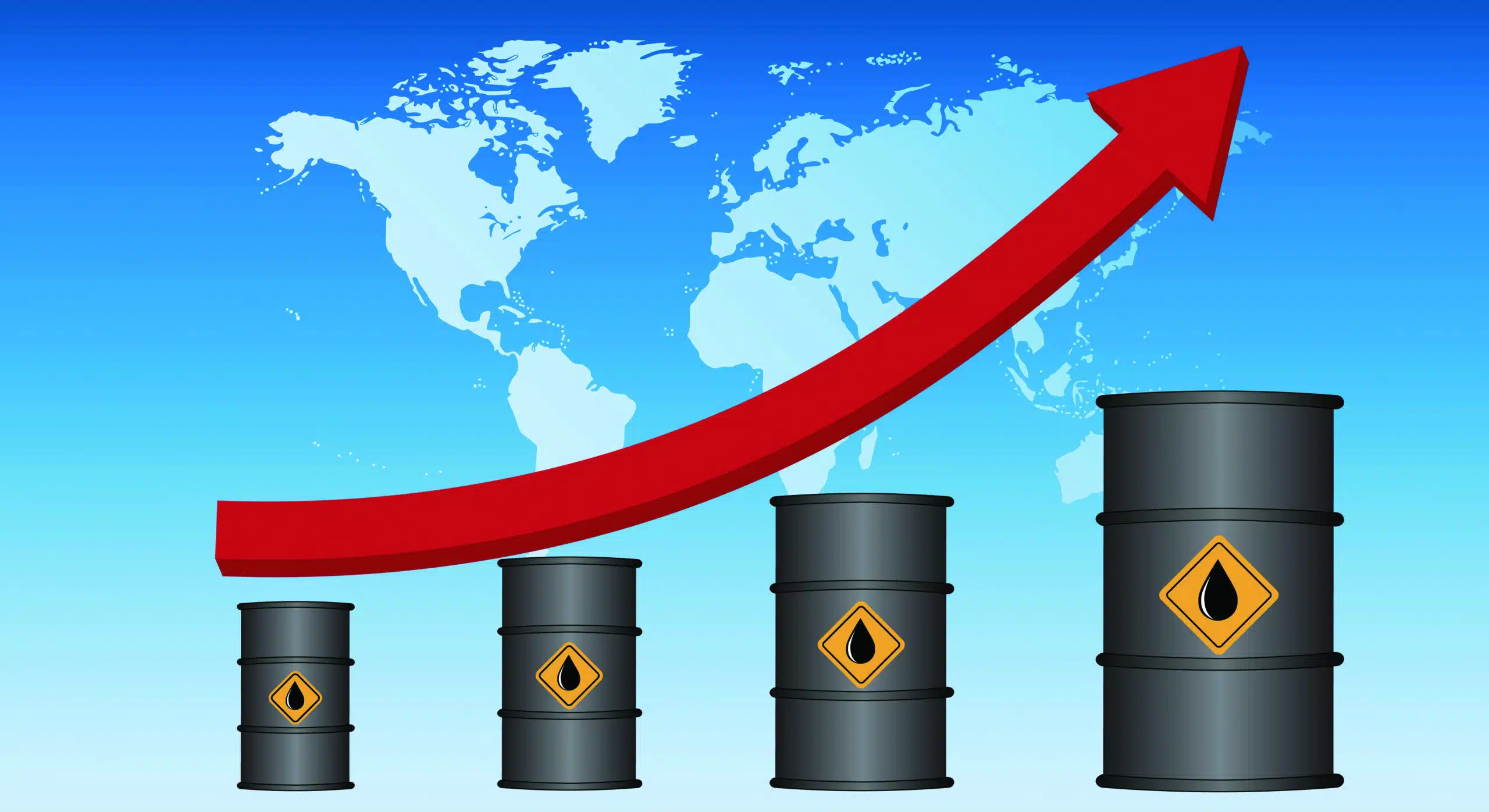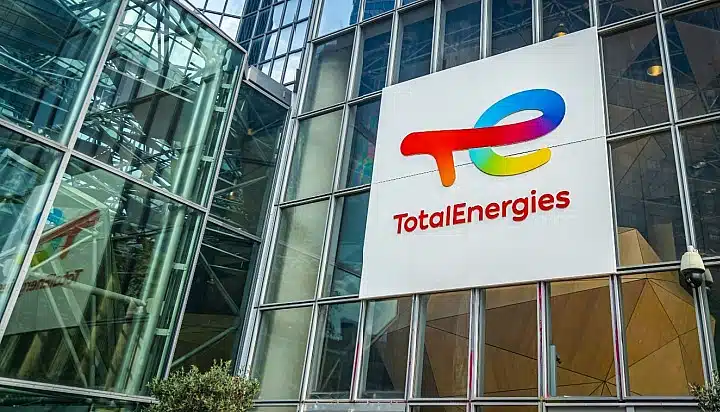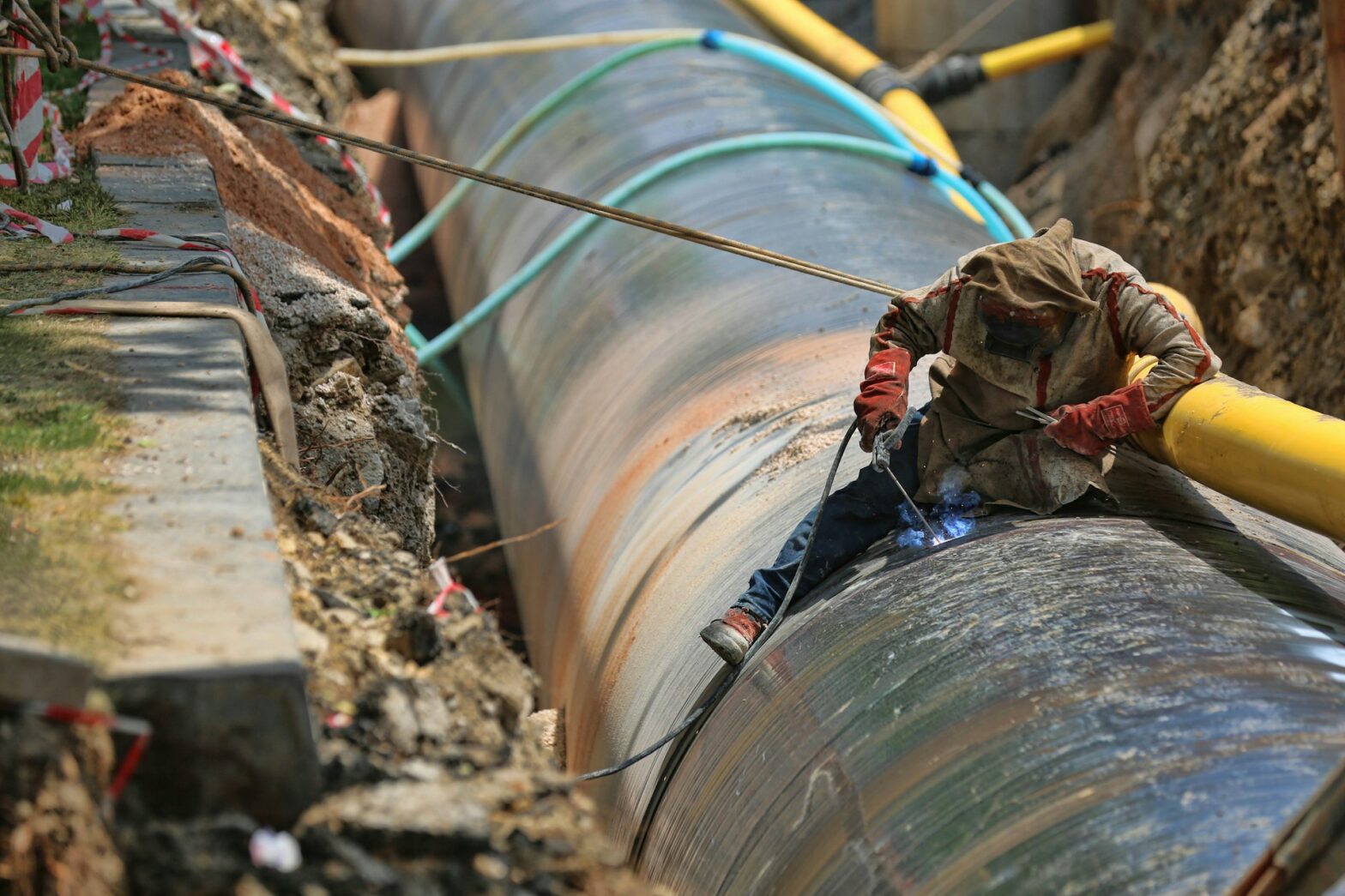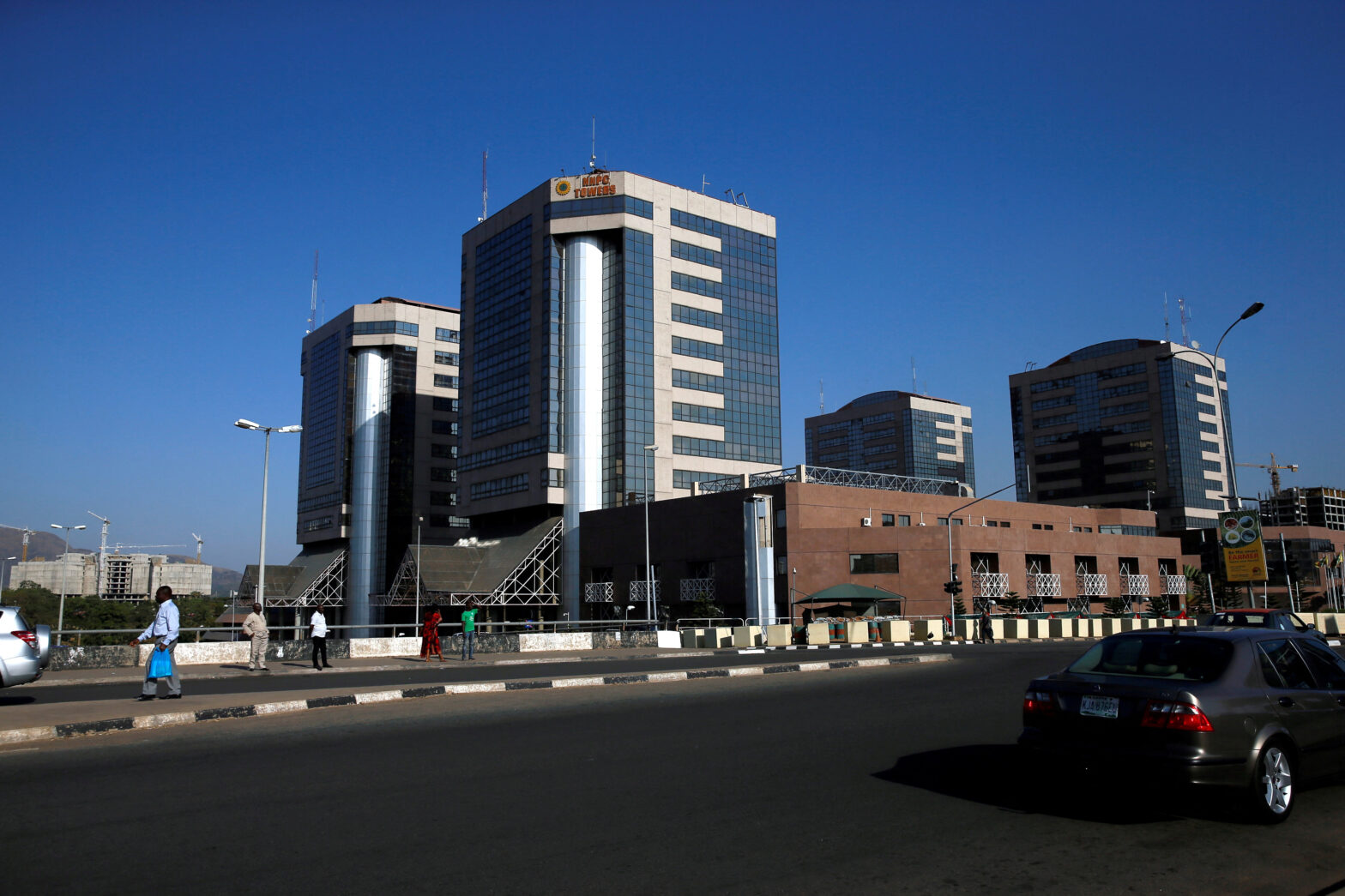Organiastion of the Petroleum Exporting Countries’ (OPEC’s) crude production fell last month as the United Arab Emirates intensified supply reductions intended to support international oil prices.
This was concluded from a Bloomberg survey on Monday that was based on ship-tracking data, information from officials, and estimates from consultants, including Kpler Ltd., Rapidan Energy Group, and Rystad Energy.
According to the report, the survey indicates that the UAE’s crude production, at roughly 3.2 million barrels a day in December, remains several hundred thousand barrels above its agreed limit.
The UAE was mostly responsible for the 120,000 barrels per day dip in output from the Organization of Petroleum Exporting Countries, which decreased to 27.05 million barrels per day. Similar-sized declines in Iran and Kuwait counterbalanced modest improvements in Libya and Nigeria.
In an effort to protect prices against the brittle demand for oil and the abundance of American supply, OPEC and its allies, led by Saudi Arabia, have been limiting petroleum production for the past few years, claimed the report.
The coalition earlier decided in November 2023 to postpone efforts to restart the production that had been halted for three months until April and extended the full unwinding of cuts by a year until the end of 2026 due to weak demand and booming production outside the group.
However, the survey indicates that not all members are adhering to their commitments. While OPEC’s own data shows the UAE meeting its quota, other assessments, including Bloomberg’s survey, suggest they are one of the overproducing nations.
Although oil prices have enjoyed a solid start to the year, hitting a three-month high above $77 a barrel in London on Monday.
This rise is attributed to cold weather and optimism surrounding the latest stimulus package announced by the Chinese government via the oil price report.
Other country crude oil output
Nigeria reported that its production had hit a four-year high, and it then grew by 40,000 barrels per day to 1.51 million barrels per day.
Libya, on the other hand, added 40,000 barrels per day to 1.23 million barrels per day, the highest level in over ten years, further extending its comeback from a recent political crisis.
“The oil market is off to a strong start in 2025 with ICE Brent trading above $76/bbl,” ING commodity analysts Warren Patterson and Ewa Manthey wrote in a note earlier today.
“This is despite the oil balance for 2025 looking comfortable. The strength in the market appears to be on the back of a stronger physical market in the Middle East.”










